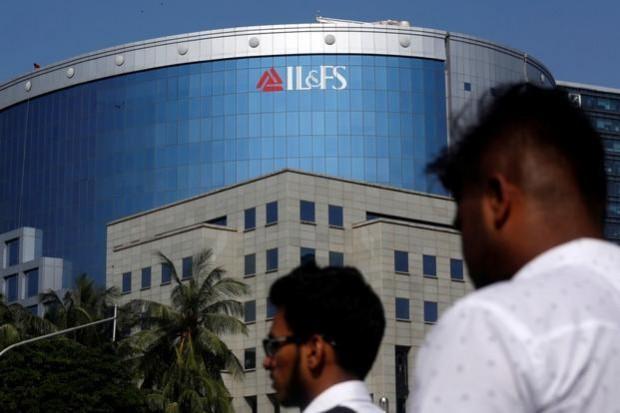
The contagion effect of Infrastructure Leasing & Financial Services Limited's (IL&FS) default is far from over. After almost destroying the non-banking financial sector (NBFC) of the country, the default now has the potential to destroy your life savings.
Financial daily, the Economic Times has reported that provident and pension fund (PFs) trusts have filed intervening petitions in the National Company Law Appellate Tribunal (NCLAT). The funds' houses fear that 'thousands of crores' invested in bonds of the IL&FS group could become trash as the bonds come under unsecured debt.
This is a major development which could become a political issue just before the Lok Sabha election. Since most of these bonds are traded instruments, the exact amount of money at stake is not cleared. But as per the estimates made by investment bankers, thousands of crores of rupees could be in danger. These infrastructure bonds were rated AAA by the credit rating agencies and were hugely popular among retirement fund houses due to low risk and assured returns even at the time of lower interest rates.
As per the sources, mostly the funds managed by public sector trusts have filed a petition in NCLAT. These include public sector companies such as MMTC, IndianOil, CIDCO, HUDCO, IDBI, SBI, and electricity boards of Gujarat and Himachal Pradesh. Moreover, it has been learnt that PFs of the private sector companies like Hindustan Unilever and Asian Paints have also filed a petition. The endangered funds are questioning the entire resolution process which also includes Section 53 of the IBC which chalks the order of priority for distribution of proceeds of the process.
It is to be noted that the NCTAL has set the deadline till March 12 for the PFs to make their application and with the final date looming, the number of petitions is expected to increase. Till now, more than 50 funds, which are managing retirement benefits of around 14 lakh employees have exposure to IL&FS.

The immediate headache of the investors for the beleaguered IL&FS is filing its group companies into a three-tier classification of Green, Amber and Red. According to the company, out of 302 total entities in the group, 169 are Indian. Only 22 entities have been identified as the Green, which means they in a position to meet their obligation. 10 other falls under Amber, that means these companies can repay their secured creditors while 38 companies are not in a position to meet their obligations (Red).









!['Had denied Housefull franchise as they wanted me to wear a bikini': Tia Bajpai on turning down bold scripts [Exclusive]](https://data1.ibtimes.co.in/en/full/806605/had-denied-housefull-franchise-they-wanted-me-wear-bikini-tia-bajpai-turning-down-bold.png?w=220&h=138)



